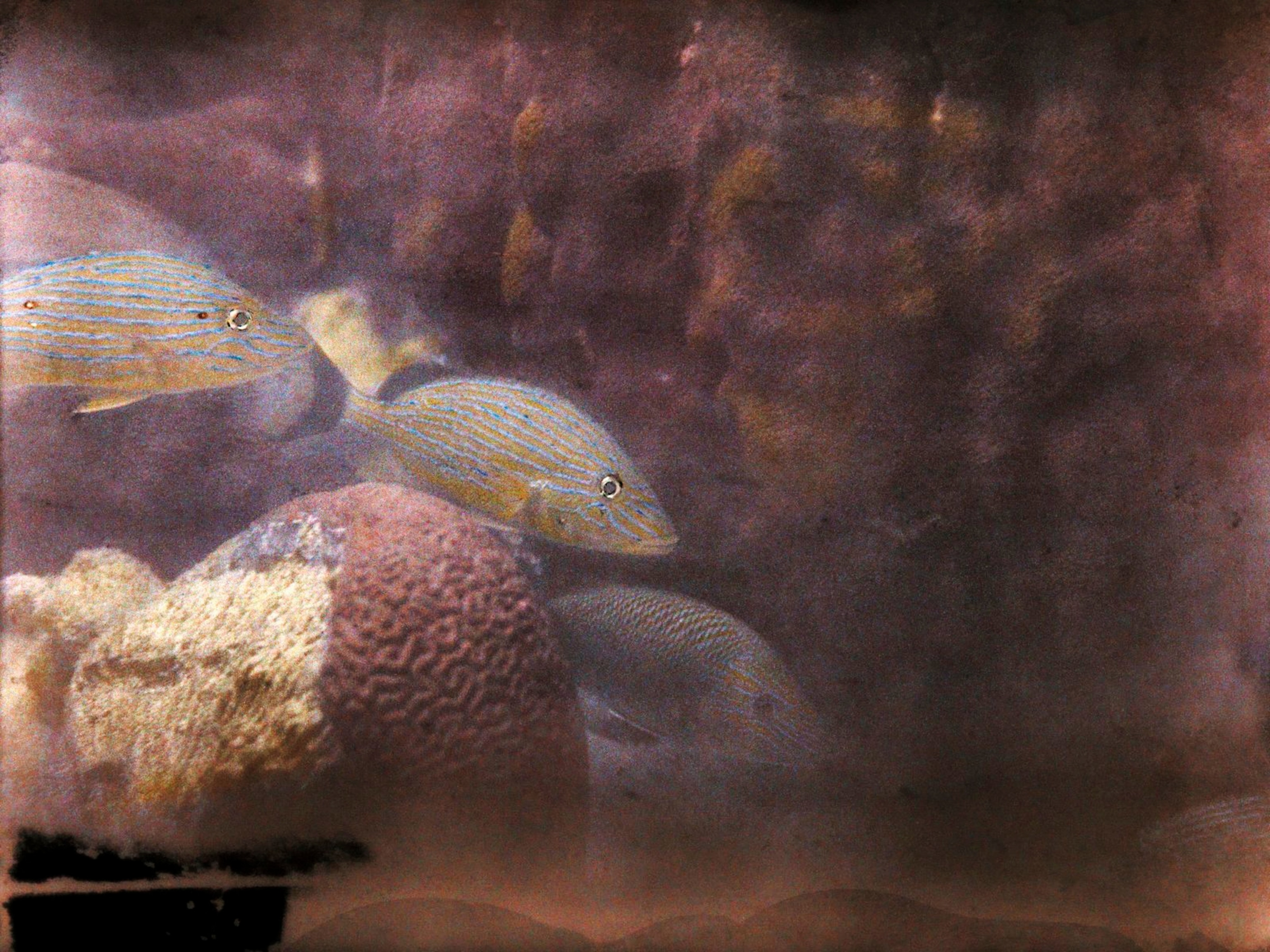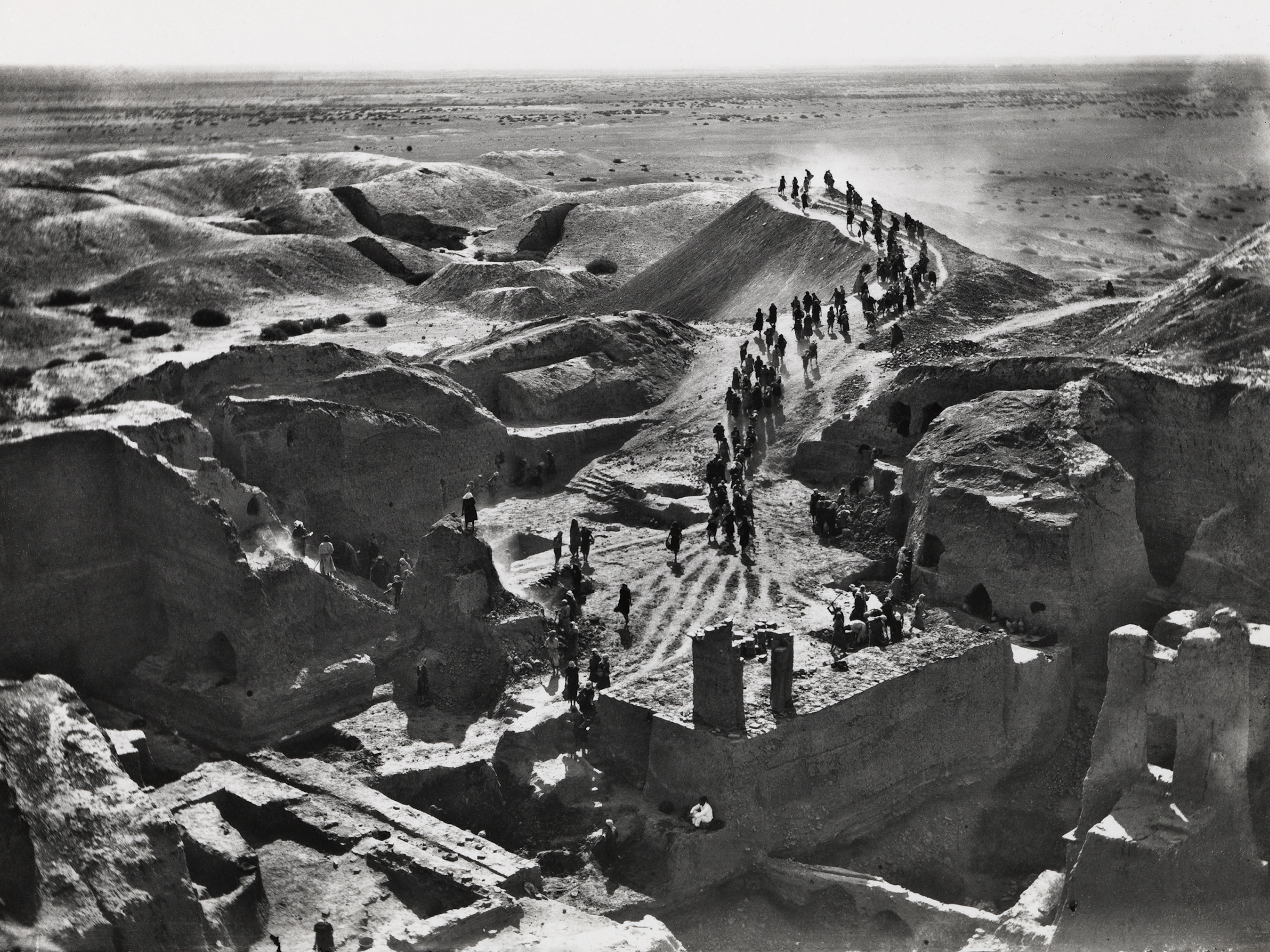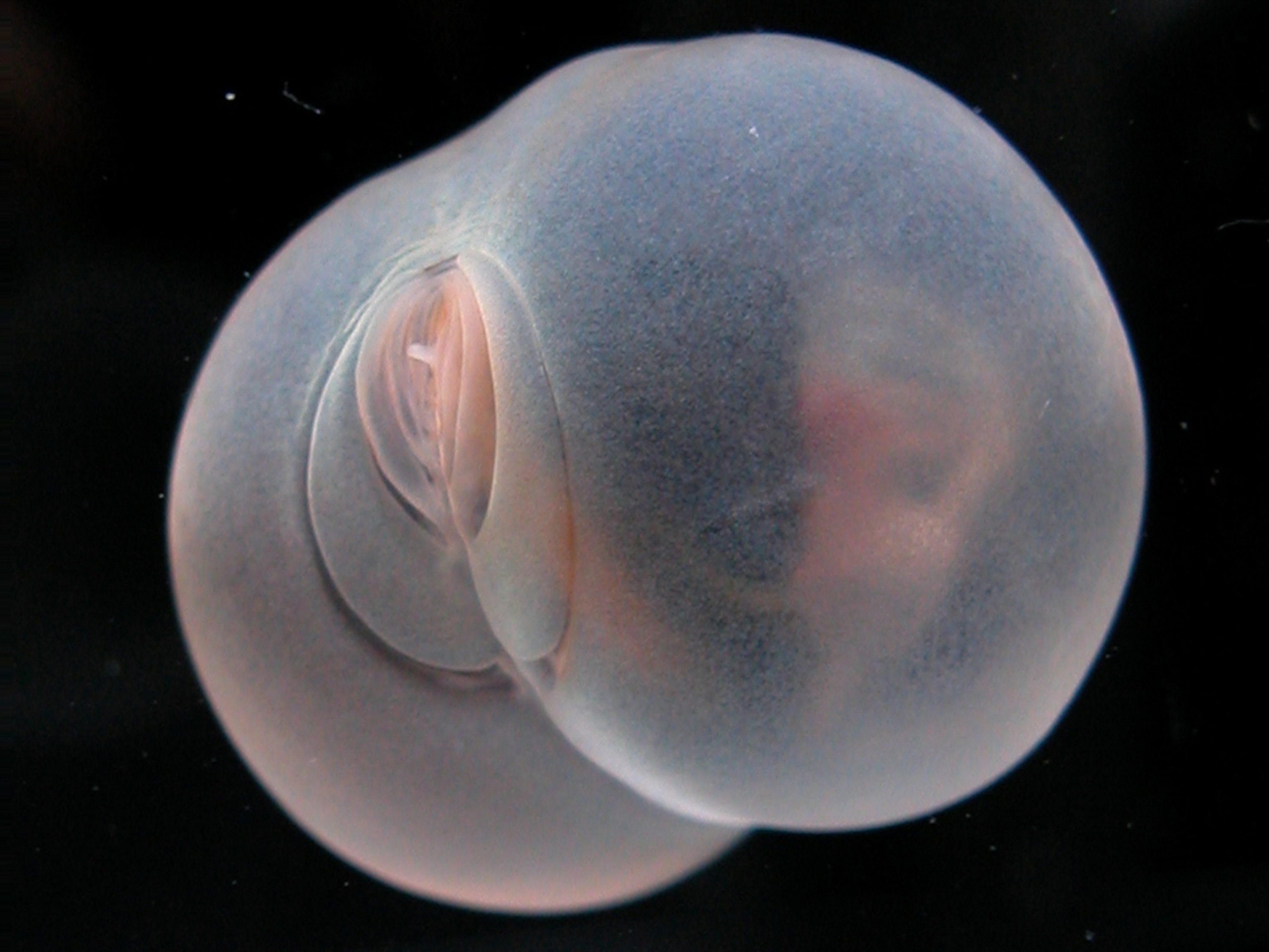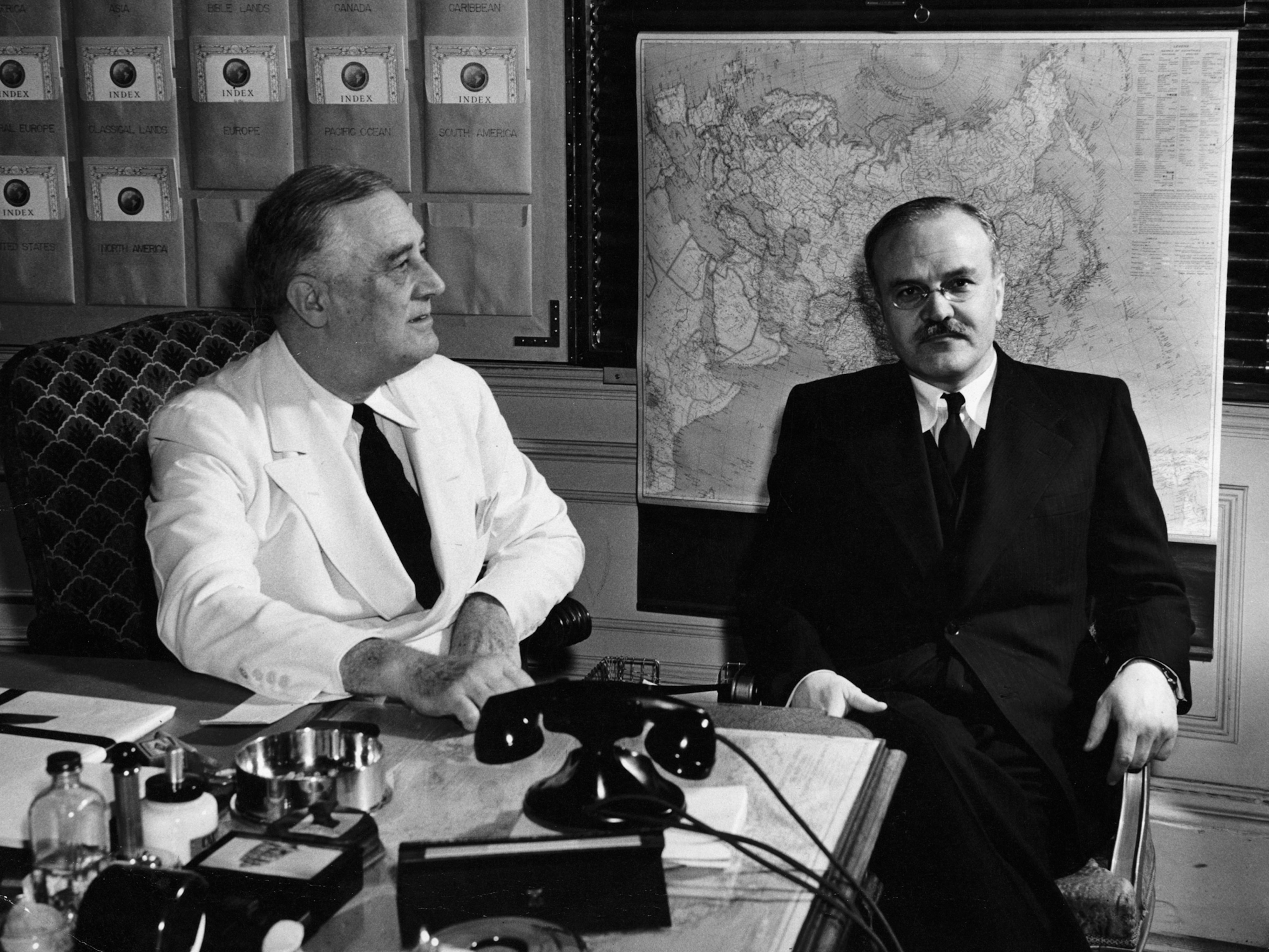How One Brilliant Woman Mapped the Ocean Floor’s Secrets
Marie Tharp’s incredible maps were integral to the acceptance of the plate-tectonic theory.
She is one of the most underappreciated scientists in the history of the earth sciences.
Though Marie Tharp was a geologist whose work contributed to the ultimate acceptance and success of the plate-tectonic theory, her legacy has garnered little recognition—and most of it has been for her cartographic endeavors.
In my opinion, however, even the admiration she has received for her maps—including the “Atlantic Ocean Floor” map, published in 1968 in National Geographic magazine (included below)—doesn’t rise to the level that those incredible maps deserve.
The animated short above—created by the Royal Institution and selected by National Geographic’s editors for the Short Film Showcase—gives a nice overview of how Tharp’s work advanced the geological sciences by promoting the acceptance of continental drift and seafloor spreading, the key components of plate tectonics.

The magnitude of her accomplishment, particularly as a woman in the mid-20th century, working in a field dominated by men, is perhaps best conveyed by Tharp’s own words. These are her thoughts from a biographical piece she wrote upon winning the Woods Hole Oceanographic Institution’s Mary Sears Woman Pioneer in Oceanography Award in 1999:
“Not too many people can say this about their lives: The whole world was spread out before me (or at least, the 70 percent of it covered by oceans). I had a blank canvas to fill with extraordinary possibilities, a fascinating jigsaw puzzle to piece together: mapping the world’s vast hidden seafloor. It was a once-in-a-lifetime—a once-in-the-history-of-the-world—opportunity for anyone, but especially for a woman in the 1940s. The nature of the times, the state of the science, and events large and small, logical and illogical, combined to make it all happen.”





